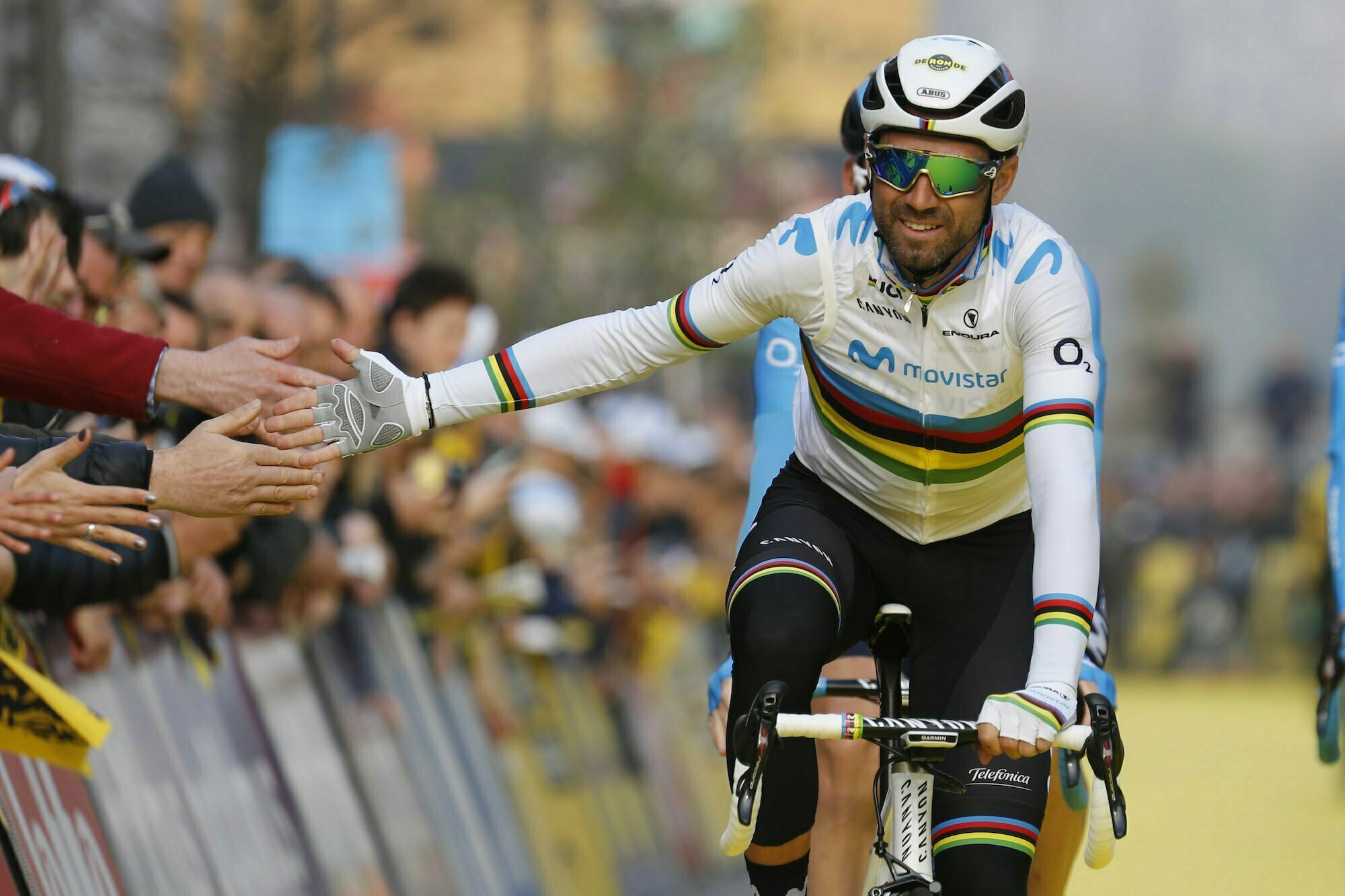Yorkshire’s love affair with cycling rolls on. After the fulfillment of the Tour de France Grand Depart in 2014 and the now-mounted Tour de Yorkshire, the county inside the north of England welcomes the world of biking for the once-a-year Road World Championships. Yorkshire’s rolling roads and hordes of enthusiasts have positioned the county on the cycling map in the latest years, and they’ll be the hallmark of the 2019 UCI Road World Championships, which run from September 22-29, with begins and routes crossing the county.
This may be the fourth time Great Britain has hosted the Worlds, nearly 100 years on from the second version in Liverpool in 1922, forty-nine because Leicester in 1970, and 37 for the reason that Giuseppe Saronni beat Greg LeMond and Sean Kelly in Goodwood in 1982. The Yorkshire biking craze may additionally properly fade inside the future now that Gary Verity, who led the manner in bringing the Tour to town and growing the Tour de Yorkshire, has resigned from the Welcome to Yorkshire tourism board amid a bullying and charges scandal. It remains visible whether or not the organization is as obsessed with pro cycling within the future.

What’s no longer in query is Yorkshire’s capability to host a memorable World Championships. As has been proven past any reasonable doubt during the last numerous years, Yorkshire and British crowds will come out and help a motorcycle race. Tour de France director Prudhomme became stunned in 2014, or even the Tour de Yorkshire has been raced in the front of crowds generally reserved for the largest races.
And then there’s the terrain. Relentlessly undulating, with grippy road surfaces and technical corners, the races – which will be a number of the longest any of the riders can have confronted – need to provide a robust test of a bike rider.
For the first actual time, a Para-cycling race will take region alongside the UCI Road World Championships, with four races on Saturday, September 21. There may be 11 occasions over the course of eight days starting from Sunday, protecting time trials and avenue races throughout the junior, U23, and elite classes for both women and men. The winners will pull on the coveted rainbow jersey for you to be theirs for the subsequent 12 months.
The road races on the World Championships are usually constructed around a circuit, and this yr it is a 14km loop primarily based in Harrogate. Each race will begin somewhere else for an opening section of various lengths – relying on the exclusive classes – earlier than getting into Harrogate for repeated laps of the circuit. Typically, the races start with a doomed early breakaway before the neighborhood laps whittle down team and rider sources in a struggle of attrition that leaves the most powerful rider’s status.
That needs to nicely be the case in Harrogate, which won’t be glaringly hilly but accrues a massive quantity of elevation gain with near-constant undulations. We despatched veteran biking creator William Fotheringham out to ride the circuit, and the “mix of urban and rural, technical and hilly” reminded him of Oslo 1993. “There aren’t quite a few areas for a group to get to paintings, due to the fact there’s consistent up and down and what the French name ‘reliance,’ in which a rider loses impetus and has to choose it up once more. “It’s not a lot a climber’s course, however, one for a rider who is right technically and can manage an entire series of adjustments of tempo and depth – an actual Classics rider.”
The Elite Men’s street race is the last occasion of the World Championships, taking place on Sunday, September 29. The total distance of 284 kilometers makes it the second-longest race of the 12 months, simply seven kilometers in the back of Milan-San Remo. The race begins inside the city of Leeds, south of Harrogate, and heads northwest into the Yorkshire Dales for an opening loop of 187km before coming down into Harrogate for seven laps of the 14-kilometer circuit. The beginning section capabilities three categorized climbs, all of which are featured in the 2014 Tour de France: Kidstones (60km), Buttertubs (95km), and Grinton Moor (120km).
It’s tough to are expecting a winner with a huge variety of credible candidates. On the only hand, the lack of massive climbs ought to see a robust sprinter like Alexander Kristoff (Norway) inside the blend; however, on the opposite, the gathered elevation advantage and stressful roads open the door to the climbers who thrive inside the Ardennes Classics. The sweet spot is arguably within the center, with the sturdy Flemish Classics professionals.